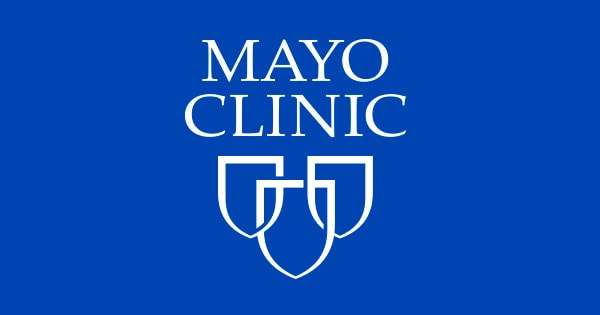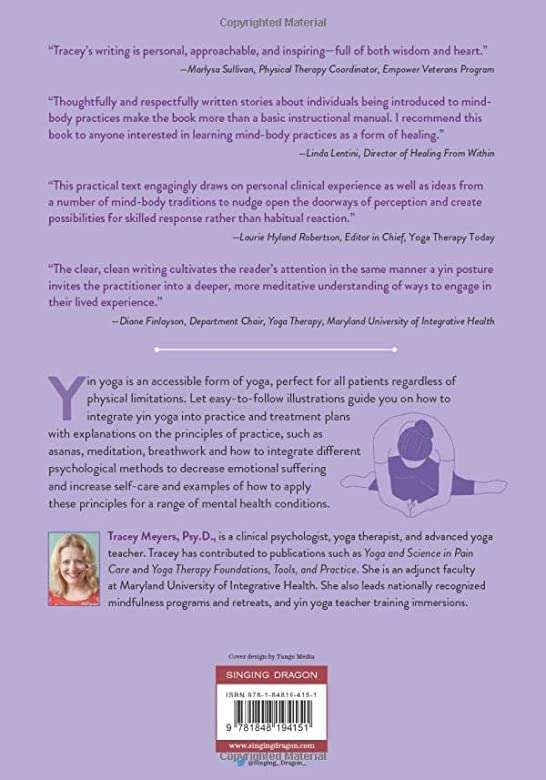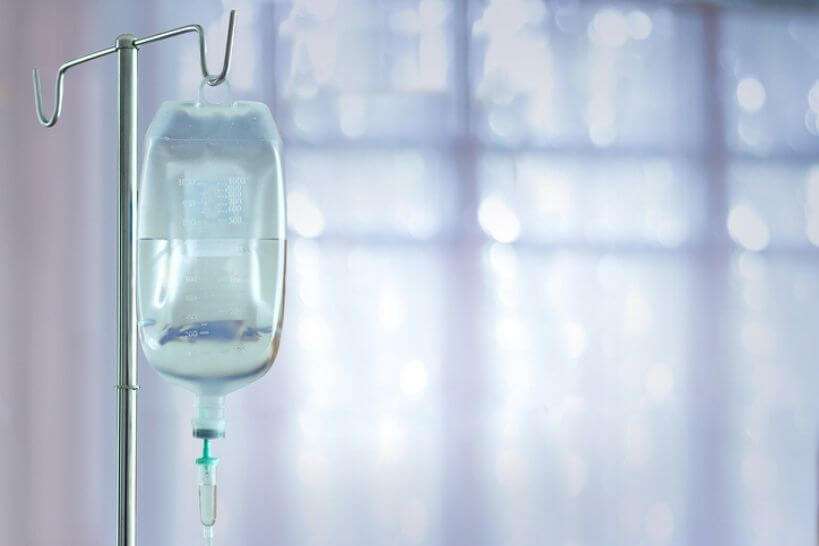Have you ever had an aching back or pain in your neck when you were anxious or stressed? When you have anxiety or stress in your life, one of the ways your body responds is with muscle tension. Progressive muscle relaxation is a method that helps relieve that tension.
How do you do progressive muscle relaxation?
The procedure
You can use an audio recording to help you focus on each muscle group, or you can learn the order of muscle groups and do the exercises from memory. Choose a place where you won’t be interrupted and where you can lie down on your back and stretch out comfortably, such as a carpeted floor.
- Breathe in, and tense the first muscle group (hard but not to the point of pain or cramping) for 4 to 10 seconds.
- Breathe out, and suddenly and completely relax the muscle group (do not relax it gradually).
- Relax for 10 to 20 seconds before you work on the next muscle group. Notice the difference between how the muscles feel when they are tense and how they feel when they are relaxed.
- When you are finished with all of the muscle groups, count backward from 5 to 1 to bring your focus back to the present.
After you have learned how to tense and relax each muscle group, here’s something else to try. When you have a very tense muscle, you can practice tensing and relaxing that muscle area without going through the whole routine.
The muscle groups
The following is a list of the muscle groups in order and how to tense them. Remember to lie down when you do this.
Muscle group
What to do
Hands
Clench them.
Wrists and forearms
Extend them, and bend your hands back at the wrist.
Biceps and upper arms
Clench your hands into fists, bend your arms at the elbows, and flex your biceps.
Shoulders
Shrug them (raise toward your ears).
Forehead
Wrinkle it into a deep frown.
Around the eyes and bridge of the nose
Close your eyes as tightly as you can. (Remove contact lenses before you start the exercise.)
Cheeks and jaws
Smile as widely as you can.
Around the mouth
Press your lips together tightly. (Check your face for tension. You just want to use your lips.)
Back of the neck
Press the back of your head against the floor or chair.
Front of the neck
Touch your chin to your chest. (Try not to create tension in your neck and head.)
Chest
Take a deep breath, and hold it for 4 to 10 seconds.
Back
Arch your back up and away from the floor or chair.
Stomach
Suck it into a tight knot. (Check your chest and stomach for tension.)
Hips and buttocks
Press your buttocks together tightly.
Thighs
Clench them hard.
Lower legs
Point your toes toward your face. Then point your toes away, and curl them downward at the same time. (Check the area from your waist down for tension.)
Step 2: Relaxing the tense muscles
This step involves quickly relaxing the tensed muscles. After about 5 seconds, let all the tightness flow out of the tensed muscles. Exhale as you do this step. You should feel the muscles become loose and limp, as the tension flows out. It is important to very deliberately focus on and notice the difference between the tension and relaxation. This is the most important part of the whole exercise.
Note: It can take time to learn to relax the body and notice the difference between tension and relaxation. At first, it may feel uncomfortable to be focusing on your body but with time it can become quite enjoyable.
Remain in this relaxed state for about 15 seconds, then move on to the next muscle group. Repeat the tension-relaxation steps. After completing all of the muscle groups, take some time to enjoy the deep state of relaxation.
The different muscle groups
During the progressive relaxation exercise, you will be working with almost all the major muscle groups in your body. To make it easier to remember, start with your feet and systematically move up (or if you prefer, you can do it in the reverse order, from your forehead down to your feet). For example:
- Foot (curl your toes downward)
- Lower leg and foot (tighten your calf muscle by pulling toes towards you)
- Entire leg (squeeze thigh muscles while doing above)
(Repeat on other side of body)
- Hand (clench your fist)
- Entire right arm (tighten your biceps by drawing your forearm up towards your shoulder and “make a muscle”, while clenching fist)
(Repeat on other side of body)
- Buttocks (tighten by pulling your buttocks together)
- Stomach (suck your stomach in)
- Chest (tighten by taking a deep breath)
- Neck and shoulders (raise your shoulders up to touch your ears)
- Mouth (open your mouth wide enough to stretch the hinges of your jaw)
- Eyes (clench your eyelids tightly shut)
- Forehead (raise your eyebrows as far as you can)
It can be helpful to listen to someone guide you through these steps. There are many relaxation CDs for sale that will take you through a progressive muscle relaxation (or something very similar). Alternatively, you can record a script of this process on a tape or CD, or ask a friend or relative with a calm, soothing voice to record it for you. It would sound something like this:
Take a deep breath in through your nose…hold your breath for a few seconds…and now breathe out…take another deep breath through your nose… Now pay attention to your body and how it feels…. Start with your right foot… squeeze all the muscles in your right foot. Curl your toes as tight as you can, now hold it….hold it…good…now relax and exhale…let your foot go limp…notice the difference between the tension and relaxation….feel the tension flow out of your foot like water…(then repeat with right lower leg and foot, entire right leg, etc.).
Quick tense and relax
Once you have become familiar with the “tension and relaxation” technique, and have been practicing it for a couple weeks, you can begin to practice a very short version of progressive muscle relaxation. In this approach, you learn how to tense larger groups of muscles, which takes even less time. These muscle groups are:
- Lower limbs (feet and legs)
- Stomach and chest
- Arms, shoulders, and neck
- Face
So instead of working with just one specific muscle group at a time (e.g. your stomach), you can focus on the complete group (your stomach AND chest). You can start by focusing on your breathing during the tension and relaxation. When doing this shortened version, it can be helpful to say a certain word or phrase to yourself as you slowly exhale (such as “relax”, “let go”, “stay calm”, “peace” “it will pass” etc.). This word or phrase will become associated with a relaxed state; eventually, saying this word alone can bring on a calm feeling. This can be handy during times when it would be hard to take the time to go through all the steps of progressive muscle relaxation.
Release only
A good way to further shorten the time you take to relax your muscles is to become familiar with the “release only” technique. One of the benefits of tensing and releasing muscles is that you learn to recognize what tense muscles feel like and what relaxed muscles feel like.
Once you feel comfortable with the tension and relaxation techniques, you can start doing “release only”, which involves removing the “tension” part of the exercise. For example, instead of tensing your stomach and chest before relaxing them, try just relaxing the muscles. At first, the feeling of relaxation might feel less intense then when you tensed the muscles beforehand, but with practice, the release-only technique can be just as relaxing.
Tense & Release Audio
Male:
Female:
Learning About Progressive Muscle Relaxation for Stress
What are progressive muscle relaxation and stress?
Stress is what you feel when you have to handle more than you are used to. A lot of things can cause stress. You may feel stress when you go on a job interview, take a test, or run a race. This kind of short-term stress is normal and even useful. It can help you if you need to work hard or react quickly.
Stress also can last a long time. Long-term stress is caused by stressful situations or events. Examples of long-term stress include long-term health problems, ongoing problems at work, and conflicts in your family. Long-term stress can harm your health.
When you have anxiety or stress in your life, one of the ways your body responds is with muscle tension. Progressive muscle relaxation is a method that helps relieve that tension.
How does progressive muscle relaxation reduce stress?
The body responds to stress with muscle tension, which can cause pain or discomfort. In turn, tense muscles relay to the body that it’s stressed. That keeps the cycle of stress and muscle tension going. Progressive muscle relaxation helps break this cycle by reducing muscle tension and general mental anxiety. This method often helps people get to sleep.
How do you do progressive muscle relaxation?
To do progressive muscle relaxation, first you tense a group of muscles as you breathe in. Then you relax them as you breathe out. Notice how your muscles feel when you relax them. You work on your muscle groups in a certain order.
Through practice, you can learn to feel the difference between a tensed muscle and a relaxed muscle. Then you can learn how to turn on this relaxed state at the first sign of a muscle tensing up due to stress.
Practicing this method for a few weeks will help you get better at this skill. In time you’ll be able to use this method to relieve stress. When you first start, it may help to use an audio recording until you learn all the muscle groups in order. Check online for these recordings.
Choose a place where you won’t be interrupted. It should have space for you to lie down on your back and stretch out comfortably, such as on a carpeted floor.
Follow-up care is a key part of your treatment and safety. Be sure to make and go to all appointments, and call your doctor or nurse advice line (811 in most provinces and territories) if you are having problems. It’s also a good idea to know your test results and keep a list of the medicines you take.
Where can you learn more?
Go to https://www.healthwise.net/patientEd
Enter C957 in the search box to learn more about “Learning About Progressive Muscle Relaxation for Stress”.



